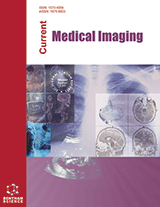
Abstract
Purpose: To investigate the feasibility of constructing new geometric parameters that correlate well with dosimetric parameters.
Methods: 100 rectal cancer patients were enrolled. The targets were identified manually, while the organs at risk (bladder, small bowel, left and right femoral heads) were segmented both manually and automatically. The radiotherapy plans were optimized according to the automatically contoured organs at risk. Forty cases were randomly selected to establish the relationship between dose and distance for each organ at risk, termed “dose-distance curves,” which were then applied to the new geometric parameters. The correlation between these new geometric parameters and dosimetric parameters was analyzed in the remaining 60 test cases.
Results: The “dose-distance curves” were similar across the four organs at risk, exhibiting an inverse function shape with a rapid decrease initially and a slower rate at a later stage. The Pearson correlation coefficients of new geometric parameters and dosimetric parameters in the bladder, small intestine, and left and right femur heads were 0.96, 0.97, 0.88, and 0.70, respectively.
Conclusion: The new geometric parameters predicated on “distance from the target” showed a high correlation with corresponding dosimetric parameters in rectal cancer cases. It is feasible to utilize the new geometric parameters to evaluate the dose deviation attributable to automatic segmentation.
Keywords: Automatic segmentation, Geometric evaluation, Dosimetric evaluation, Correlation, Dose-distance curve, Radiotherapy image.
 8
8











